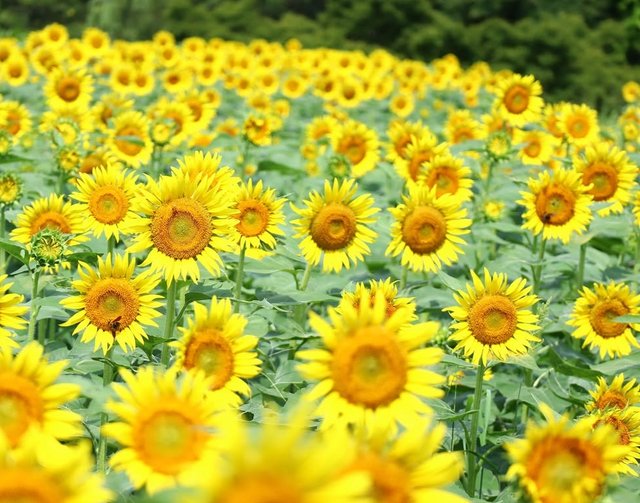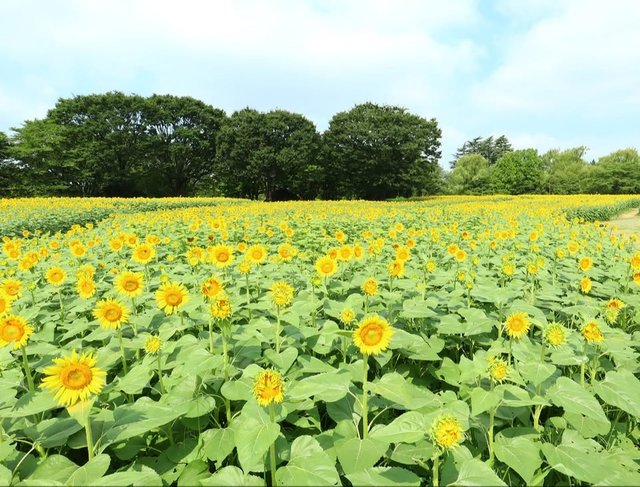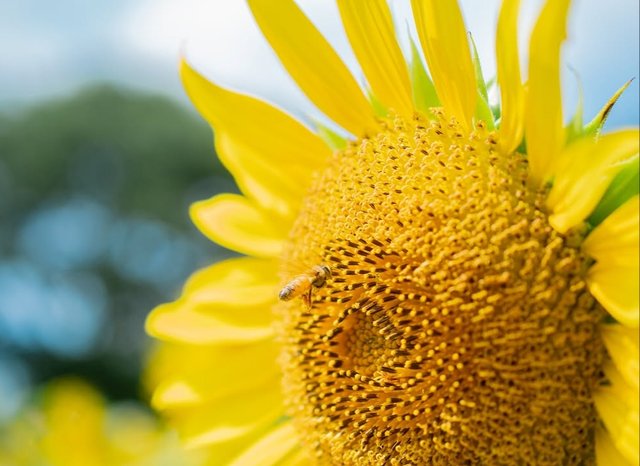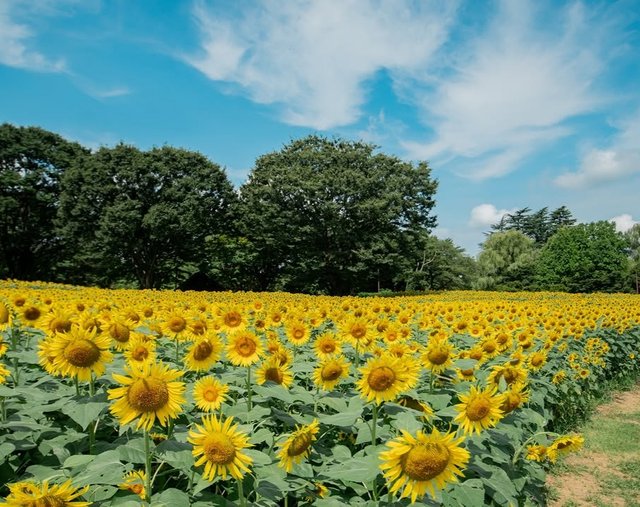Common Sunflower: A Complete Guide
The Common Sunflower is one of the most recognizable and beloved plants in the world. Known for its bright yellow petals, large seed-filled center, and ability to follow the sun, this species has a fascinating history, immense agricultural importance, and a wide range of uses.
Origins and History The common sunflower is native to North America, particularly in present-day Mexico and the United States. Indigenous peoples cultivated sunflowers as early as 3000 BCE for their seeds, oil, and even as a dye source. Spanish explorers later introduced them to Europe in the 16th century, where they quickly gained popularity as ornamental plants and oil crops. Today, sunflowers are grown worldwide, from Russia and Ukraine to China, Argentina, and Canada.
Botanical Characteristics
Scientific Name: Helianthus annuus
Family: Asteraceae
Growth Habit: Annual herb
Height: Can range from 3 to 10 feet depending on the variety
Flowers: Large, bright yellow, with a brown or dark red central disk filled with seeds
Leaves: Broad, rough, and heart-shaped
Root System: Deep taproot, making it drought-resistant Blooming Season: Summer to early fall
Sunflower’s Famous Sun-Tracking Behavior
Young sunflower buds exhibit heliotropism, meaning they move their heads to follow the sun from east to west during the day. However, as the flower matures, it typically faces east permanently, which helps attract more pollinators by warming the flower head early in the day.
Growing Conditions and Cultivation
Sunflowers are easy to grow and thrive in a variety of climates. Here’s what they need to flourish:
Sunlight Sunflowers require full sun.
Soil Well-drained, loamy soil with a neutral to slightly alkaline pH is ideal.
They can tolerate poor soils but grow best in nutrient-rich environments.
Watering Sunflowers are drought-tolerant but need consistent moisture during germination and early growth.
Overwatering can lead to root rot, so well-draining soil is crucial.
Planting Direct sowing is best since sunflowers don’t transplant well.
Seeds should be planted 1–2 inches deep and 6–12 inches apart.
Pests and Diseases Common Pests: Aphids, cutworms, sunflower moths, and birds.




%20(7).jpeg)